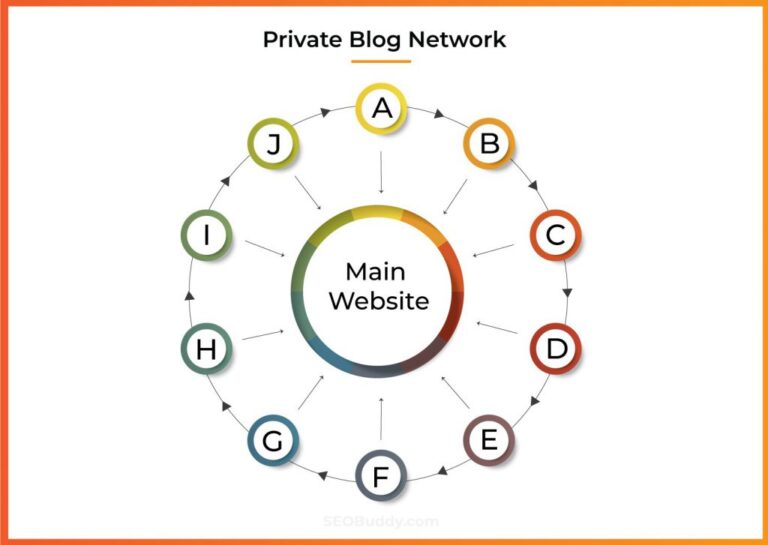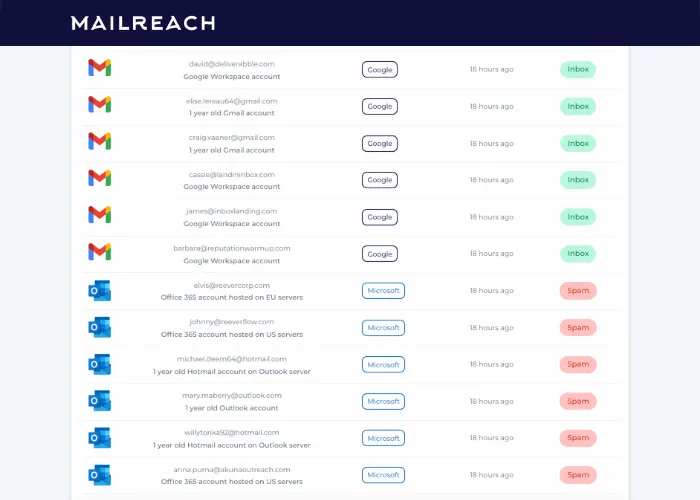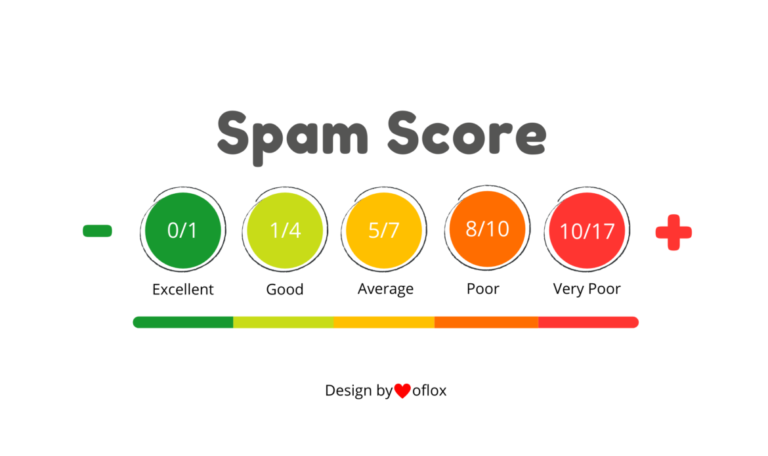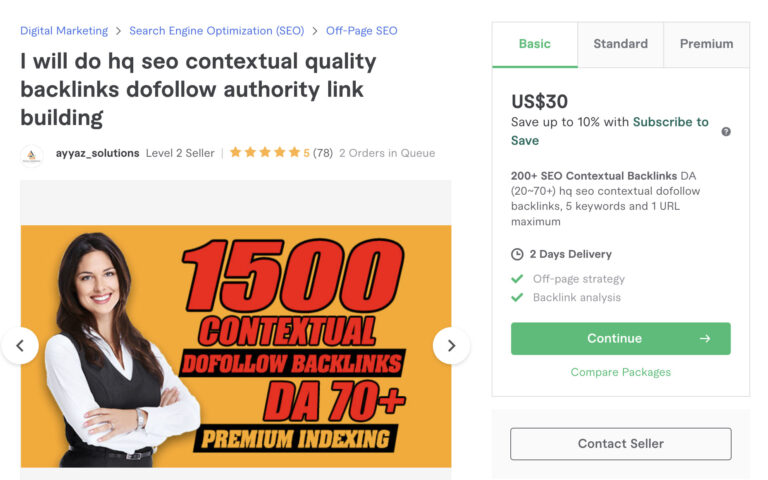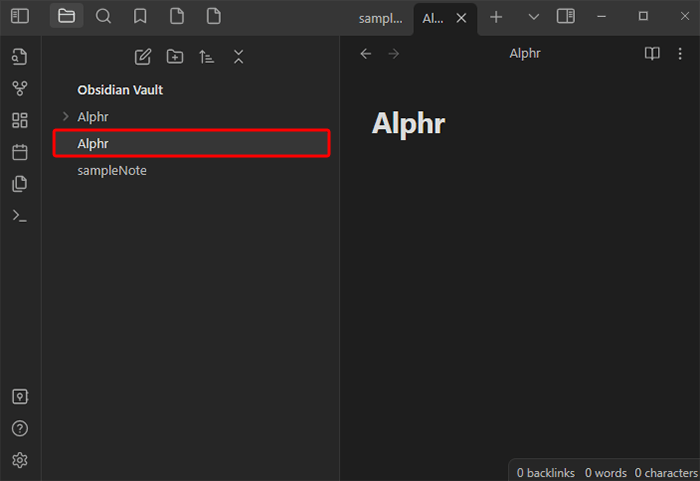How Is Spam Score Calculated? When it comes to email marketing, one of the biggest challenges is ensuring that your emails reach your subscribers’ inboxes. One factor that can affect email deliverability is the spam score. A high spam score can cause your emails to be flagged as spam and sent straight to the junk folder. So, how is spam score calculated?

Spam score is calculated based on a variety of factors, including content analysis, sender reputation, and header analysis. Content analysis looks at the content of your email and checks for any red flags that could indicate spam, such as excessive use of capital letters, certain trigger words, or too many links. Sender reputation considers the reputation of the sender’s domain and IP address, as well as the sender’s history of sending emails. Header analysis looks at the technical details of the email, such as the subject line, sender name, and email address, to determine if it looks suspicious.
Understanding how spam score is calculated is important for email marketers who want to improve their email deliverability and avoid being marked as spam. By following best practices for email marketing and ensuring that your emails are not triggering any red flags, you can improve your spam score and increase the chances of your emails reaching your subscribers’ inboxes.
Understanding Spam Scores
As a marketer, it’s crucial to understand the concept of spam score and how it is calculated. A spam score is a metric that measures the likelihood of an email being considered as spam by email filters. It is essential to keep the spam score low to avoid getting penalized by email filters and to ensure that your emails reach the intended recipients.
Definition of Spam Score
Spam score is a proprietary metric that is calculated by analyzing various factors that contribute to the spamminess of an email. These factors may include the content of the email, the sender’s reputation, the email’s subject line, and the email’s formatting. Each factor is given a score, and the total score is then used to calculate the spam score. The higher the spam score, the more likely it is that the email will be considered as spam.
Importance of Monitoring Spam Score
It’s essential to monitor your spam score regularly to ensure that your emails are reaching the intended recipients. A high spam score can have severe consequences for your email campaigns, including lower open rates, lower click-through rates, and higher bounce rates. By monitoring your spam score, you can identify any issues that may be contributing to a high spam score and take corrective action.
To monitor your spam score, you can use various tools that are available online. These tools can analyze your emails and provide you with a spam score report. Some of these tools may also provide recommendations on how to improve your spam score. It’s essential to use these tools regularly to ensure that your email campaigns are effective and reaching the intended recipients.
In conclusion, understanding spam scores and how they are calculated is crucial for any marketer. By monitoring your spam score regularly, you can ensure that your emails are reaching the intended recipients and that your email campaigns are effective.
Factors Influencing Spam Score
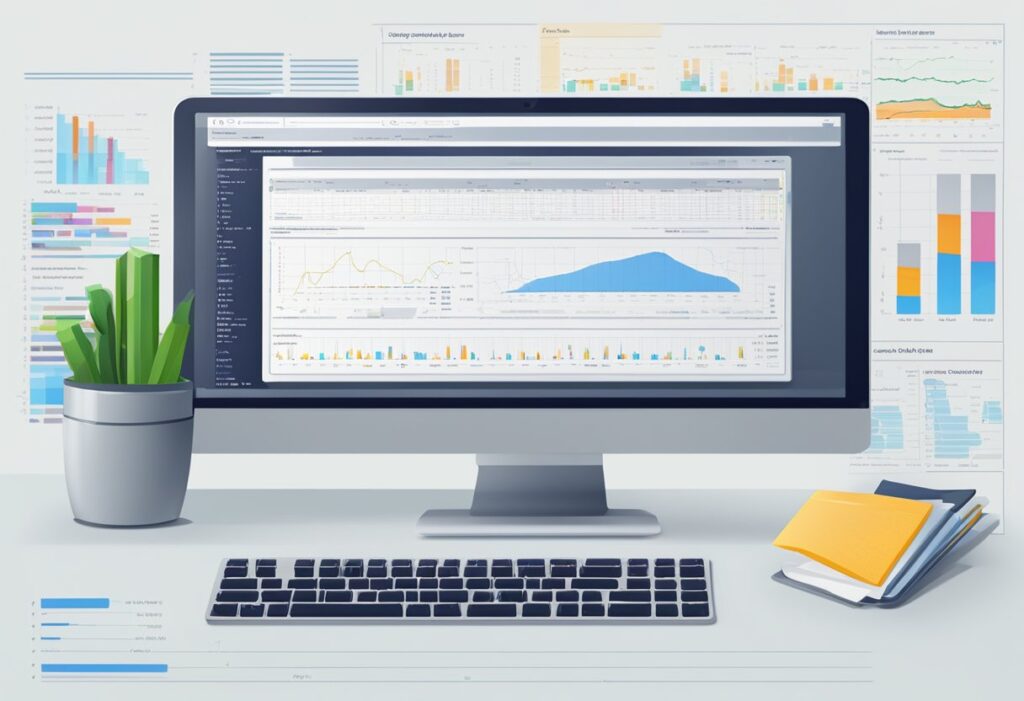
When it comes to calculating a spam score, several factors come into play. In this section, I will discuss the three main factors that influence spam score calculation: email content and formatting, sender reputation, and recipient engagement.
Email Content and Formatting
The content and formatting of an email play a significant role in determining its spam score. Spam filters analyze the email’s content and formatting to determine if it is spammy or not. The content analysis includes the subject line, body text, and any attachments.
To avoid triggering spam filters, it is essential to ensure that email content is relevant, engaging, and informative. Avoid using excessive capitalization, exclamation marks, and special characters in the subject line and body text. Also, avoid using spam trigger words such as “free,” “amazing,” and “guaranteed” in your email content.
Sender Reputation
Another critical factor that influences spam score is the sender’s reputation. The sender’s reputation is determined by the sender’s past email sending behavior, such as the number of emails sent, the frequency of sending, and the number of complaints received.
To maintain a good sender reputation, it is essential to follow email marketing best practices, such as sending relevant and engaging emails, avoiding spammy tactics, and ensuring that recipients have opted-in to receive your emails.
Quality expired domain go to LattieBelle.
Recipient Engagement
Recipient engagement is the third factor that influences spam score. Recipient engagement includes factors such as open rates, click-through rates, and email forwarding rates. High engagement rates indicate that recipients find the email relevant and engaging, while low engagement rates indicate the opposite.
To improve recipient engagement, ensure that your email content is relevant and engaging. Also, segment your email list and personalize your emails to make them more relevant to each recipient.
In conclusion, several factors influence spam score calculation, including email content and formatting, sender reputation, and recipient engagement. By following email marketing best practices and ensuring that your emails are relevant and engaging, you can improve your spam score and avoid being flagged as spam.
Calculating the Spam Score
As an email marketer, it is essential to understand how spam filters work and what factors go into determining the spam score of an email. In this section, I will explain how the spam score is calculated and what factors are taken into account.
Spam Filter Algorithms
Spam filter algorithms are used to determine the spam score of an email. These algorithms analyze various factors such as the content of the email, the sender’s reputation, and the email’s formatting. The algorithms assign a score to each factor, and the total score determines whether the email is considered spam or not.
Some of the factors that spam filter algorithms take into account include:
- The use of certain words or phrases that are commonly associated with spam emails.
- The presence of links to known spam websites.
- The formatting of the email, such as the use of excessive capitalization or punctuation.
- The sender’s reputation, based on factors such as the sender’s IP address and email domain.
User Feedback Loops
User feedback loops are another factor that is taken into account when calculating the spam score of an email. These feedback loops allow email recipients to report emails as spam, which can then be used to improve the accuracy of spam filter algorithms.
When a recipient marks an email as spam, the email provider can use this feedback to adjust its spam filter algorithms to better identify similar emails in the future. This helps to reduce the number of spam emails that make it into recipients’ inboxes.
In conclusion, understanding how the spam score is calculated is essential for email marketers who want to ensure that their emails are delivered to their intended recipients’ inboxes. By following best practices for email marketing and avoiding common spam triggers, marketers can improve their email deliverability and reach their target audience more effectively.
Improving Your Spam Score
As an email marketer, it’s important to maintain a healthy spam score to ensure your emails are delivered to your subscribers’ inbox. Here are some tips to help you improve your spam score:
Best Practices for Email Marketers
- Keep your email list clean: Regularly clean your email list to remove inactive or invalid email addresses. This will help reduce the number of bounces and spam complaints, which can negatively impact your spam score.
- Personalize your emails: Use your subscribers’ first name in the subject line and body of your emails. This will help increase engagement and reduce the likelihood of your emails being marked as spam.
- Use a clear and concise subject line: Avoid using spam trigger words or phrases in your subject line, such as “Free,” “Act Now,” or “Limited Time Offer.” Instead, use a clear and concise subject line that accurately reflects the content of your email.
- Optimize your email content: Ensure that your email content is relevant to your subscribers and that you’re only sending them emails when you have something valuable to share. Avoid using excessive links or images in your emails, as this can trigger spam filters.
Tools for Monitoring and Reducing Spam Score
- Use a spam score checker: There are several free and paid tools available that allow you to check your spam score. These tools analyze your email content and provide you with a spam score rating along with suggestions for improvement.
- Monitor your email deliverability: Keep track of your email deliverability rate to ensure that your emails are being delivered to your subscribers’ inbox. If you notice a decline in your deliverability rate, it may be an indication that your spam score has increased.
- Implement proper email authentication: Use SPF, DKIM, and DMARC to authenticate your emails and reduce the likelihood of your emails being marked as spam.
By following these best practices and using the right tools, you can improve your spam score and ensure that your emails are delivered to your subscribers’ inbox.


